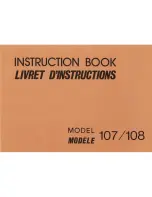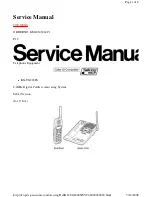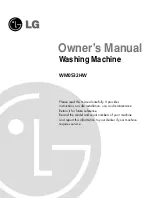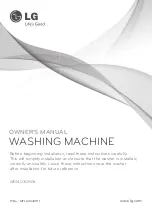
SEWING THE STITCHES
Ut
ili
ty Stit
ch
es
65
3
■
Free-motion Quilting
With free-motion quilting, the feed dogs can be
lowered (using the feed dog position switch) so that
the fabric can be moved freely in any direction.
The quilting foot is needed for free-motion quilting.
We recommend attaching the foot controller and
sewing at a consistent speed.
a
Select .
b
Remove the presser foot holder (see page 63).
c
Align the quilting foot with the lower-left side
of the presser bar.
d
Hold the quilting foot in place with your right
hand, and then tighten the presser foot holder
screw using the screwdriver in your left hand.
a
Pin on quilting foot
b
Presser foot holder screw
c
Needle clamp screw
e
Lower the feed dog position switch, located at
the rear of the base of the machine, to
.
a
Rear of machine
b
Feed dog position switch
(as seen from the rear of the machine)
c
Up
d
Down
f
Use both hands to stretch the fabric taut, and
then move the fabric at a regular pace in
order to sew uniform stitches roughly 2.0-2.5
mm (approx. 1/16 - 3/32 inch) in length.
a
Stitch
→
Reinforcement stitches are sewn at the beginning
and end of sewing.
g
After sewing is finished, raise the feed dog
position switch to
to raise the feed dogs.
Reset your machine to normal setting.
Memo
In order to sew a balanced stitch, it may be necessary
to lower the upper thread tension (see page 43) or to
loosen the presser foot pressure on the setting screen
(see page 20). Test with a scrapped piece.
Memo
The pin on the quilting foot should be positioned over
the needle clamp screw.
CAUTION
• Be sure to securely tighten the screws with the
screwdriver. Otherwise, the needle may touch the
presser foot, causing it to bend or break.
a
c
b
Memo
Normally, the feed dog position switch is in the up
position.
a
b
c
d
a
Summary of Contents for Innov-is 1500D
Page 1: ......
Page 9: ...8 ...
Page 47: ...USEFUL FUNCTIONS 46 ...
Page 149: ...EMBROIDERY APPLICATIONS 148 ...
Page 175: ...USING STORED CUSTOM STITCHES 174 ...
Page 201: ......
















































